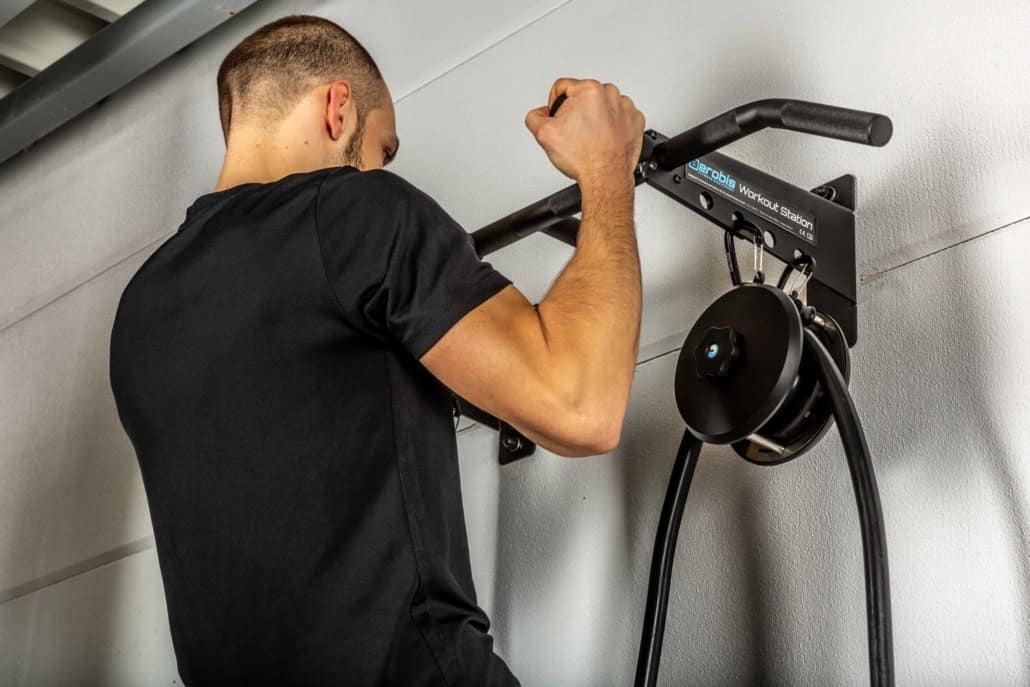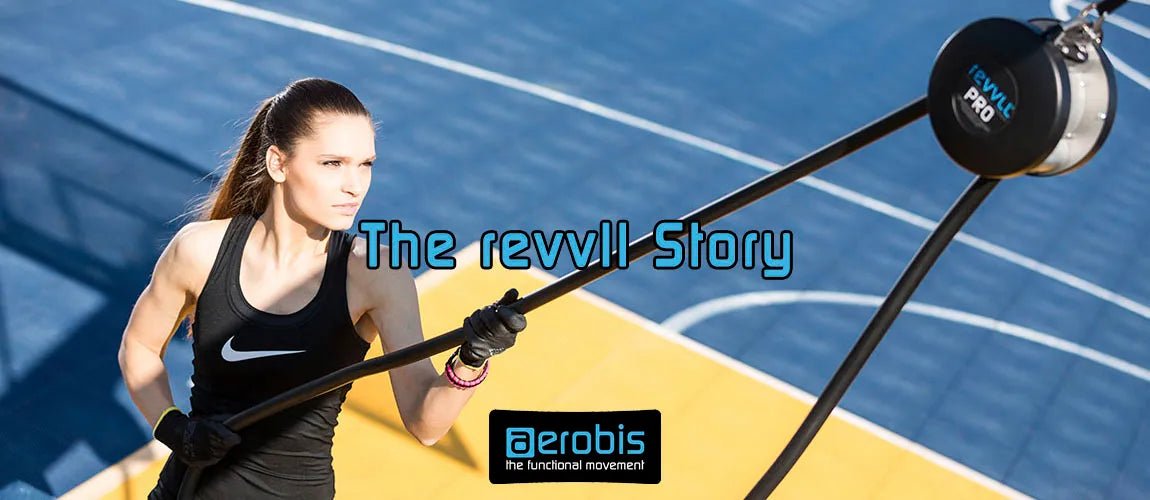Pull-ups are essential for freestyle fitness training. In just one exercise, numerous muscle groups are activated. Plus, there’s a wide variety of pull-up styles, ensuring diverse workouts. Owning a pull-up bar means you can exercise efficiently anytime at home!
The Benefits of Training with a Pull-Up Bar
The benefits of pull-ups are extensive. Depending on the exercise and grip technique, different muscle groups are targeted. Traditional pull-ups are popular for toning the upper body, developing a V-shaped back, and sculpting the abdominal muscles. The arms and chest also become more defined and stronger. The best part? Properly performed pull-ups maximize results while minimizing injury risk.
By regularly training with pull-up bars, you can develop:
- The back muscles, especially the latissimus dorsi responsible for arm rotation, extension, and spine flexibility. The trapezius supports arm movement and shoulder blade control, while rhomboid muscles improve posture by connecting the shoulder blades to the spine.
- The deltoids in the shoulders, which support the upper back region.
- The pectoralis major, especially activated during underhand grip exercises.
- The biceps and triceps, working together for arm rotation, elbow flexion, and extension. Forearm muscles are also activated for wrist flexibility.
- The core muscles, which enhance overall body tension and stability.
While pull-up workouts are enjoyable, always ensure you take rest days. Muscles grow during rest, not while exercising. Remember, there are also natural limits to muscle growth that vary based on individual factors.
Proper Pull-Up Technique
The right technique ensures success. Different exercises on the bar allow for varied grips, altering the focus on muscle groups. Slow pull-ups increase strength, while quick consecutive pull-ups improve endurance and breathing. Always warm up before starting. Avoid these common pull-up mistakes:
- Exhale when pulling up to avoid side stitches.
- Don’t drop suddenly from the top position; it may strain your shoulders.
- Maintain a straight spine and avoid swinging your legs for better form.
- Complete the full range of motion—from fully extended arms to chin above the bar.
Choosing the Right Pull-Up Bar
Purchasing a pull-up bar is a great idea, but it must support your weight and fit your space. Here are some types of pull-up bars:
- Free-standing pull-up bars are versatile and require no complex mounting but take up a lot of space.
- Doorway pull-up bars are beginner-friendly but not always the safest option.
- Wall-mounted pull-up bars allow for custom mounting heights but require a sturdy wall to support dynamic loads.
- Ceiling-mounted bars are stable and discreet but don’t allow height adjustment during installation.
The Ultimate Pull-Up Bar
There is one pull-up bar that unites all these options into one: The aerobis Pull-up Bar. It can be mounted to both the wall and ceiling!
Pull-Up Bar Designs
There are various designs for pull-up bars:
- Beginners might prefer bars with downward-curving ends.
- Straight bars are standard for advanced users.
- Dual parallel bar designs are ideal for gymnastics enthusiasts.
- Combination models like the aerobis Workout Station offer both parallel and crossbars for diverse exercises.
Top Pull-Up Exercises
Beyond the classic pull-up, there are numerous exercises to strengthen your back muscles:
- For a standard pull-up, grip the bar wide with palms facing you. Pull yourself up until your chin surpasses the bar, then lower slowly. Keep your legs straight or bent.
- A narrow grip focuses more on the arms.
- An overhand grip (palms facing away) reduces leverage, making the exercise harder and more back-focused.
- For a dynamic workout, alternate moving your body left and right at the top to target the obliques.
- To focus on abs, hang from the bar and lift your knees to a right angle.
Tip: Using a weighted vest during pull-ups helps you progress and take your training to the next level.



Leave a comment
All comments are moderated before being published.
This site is protected by hCaptcha and the hCaptcha Privacy Policy and Terms of Service apply.